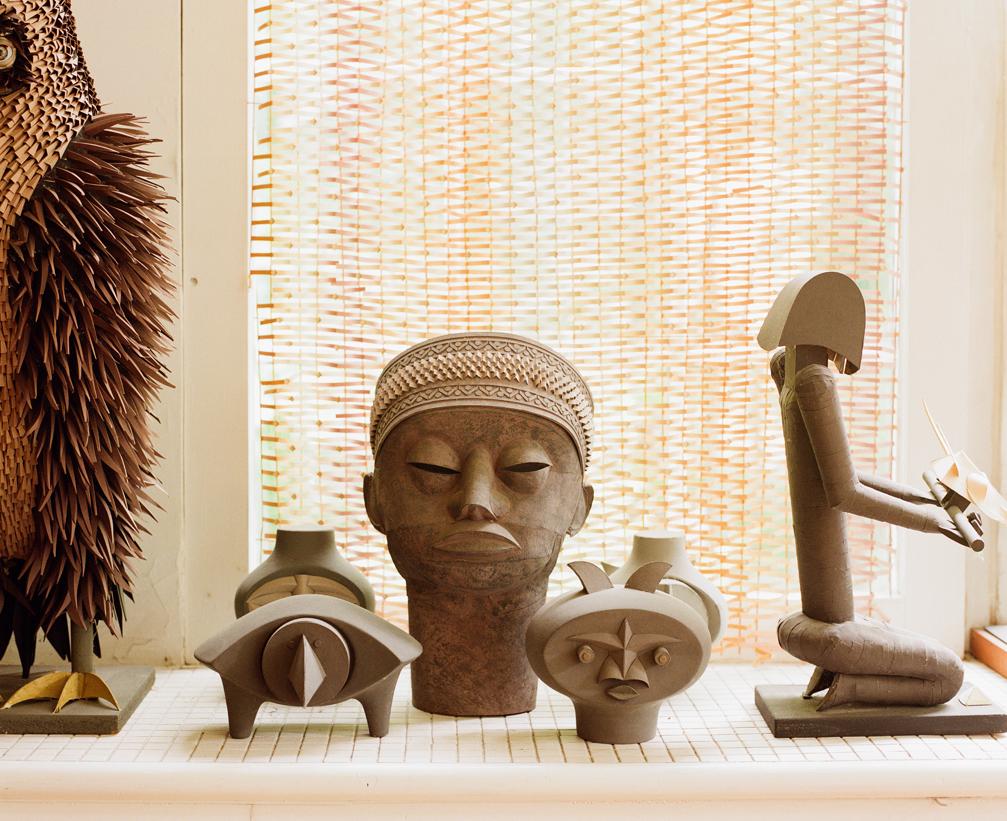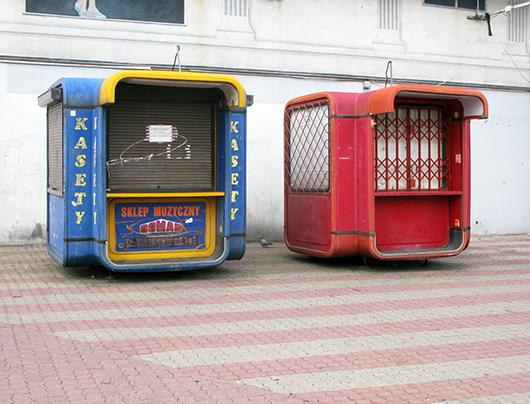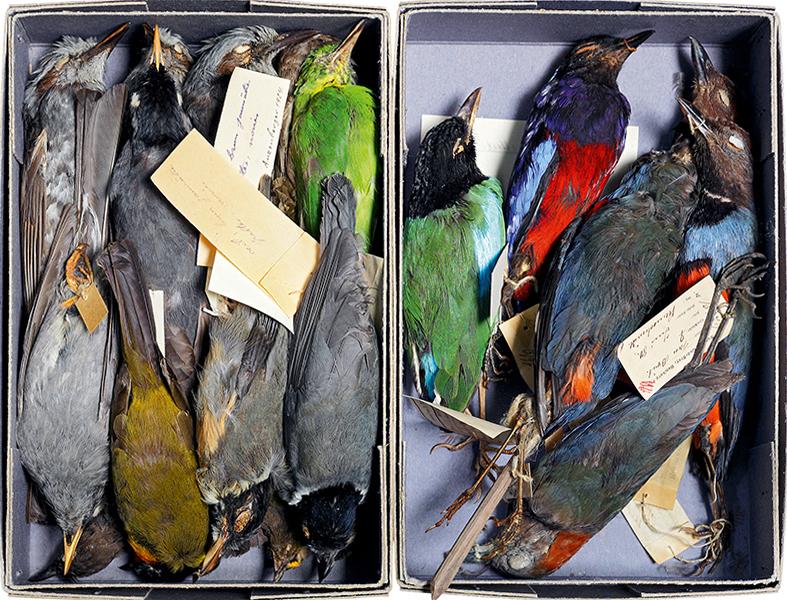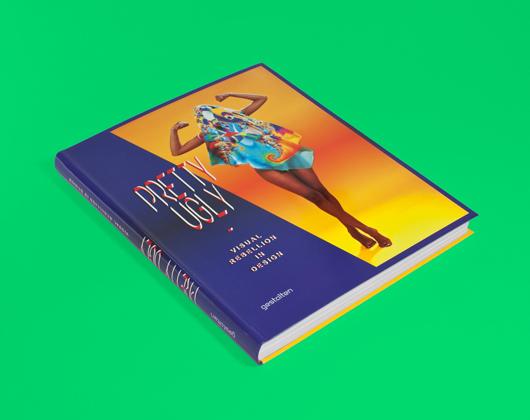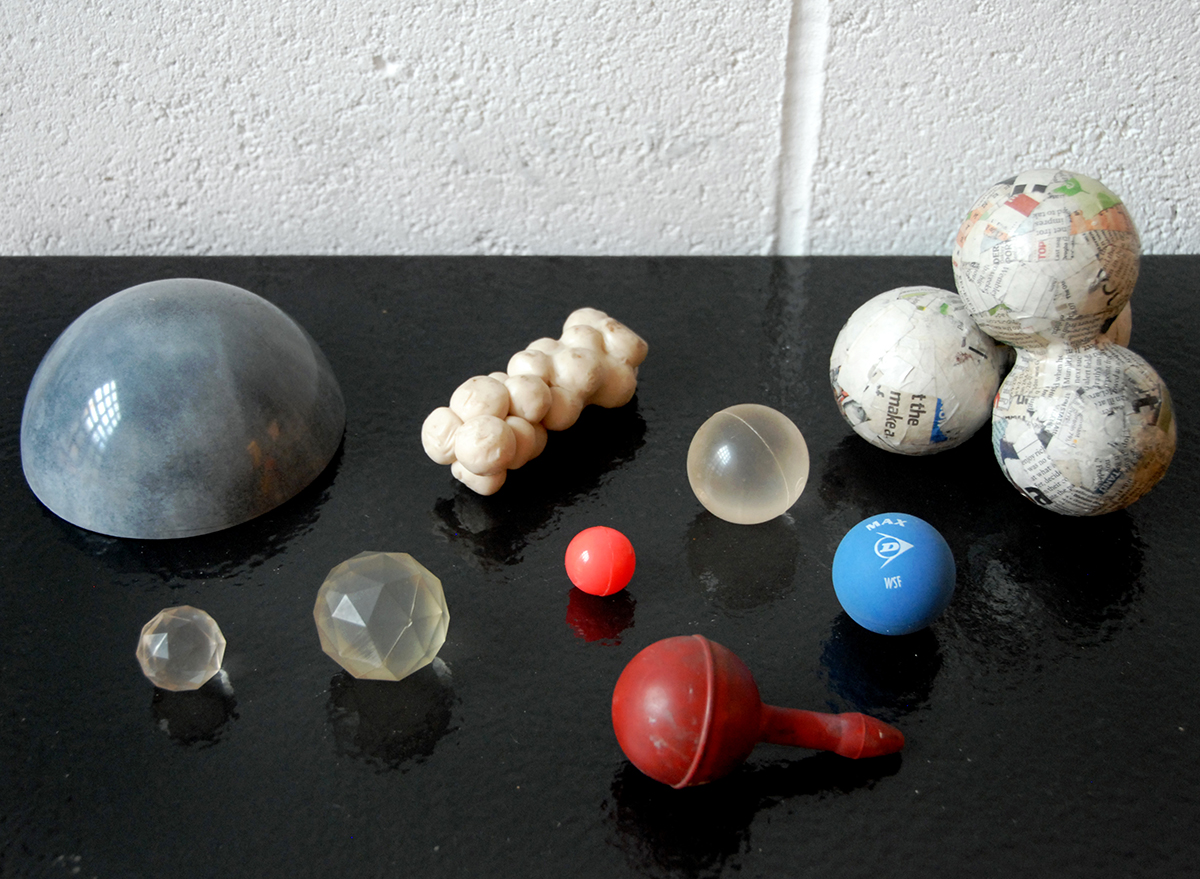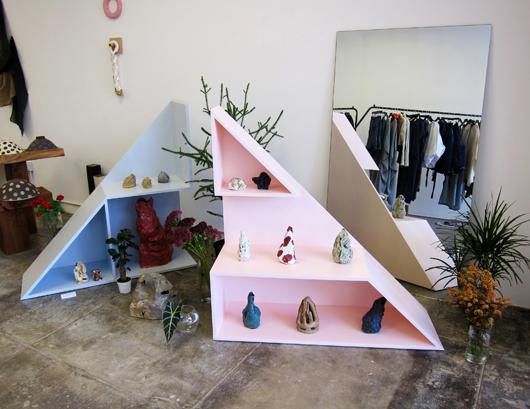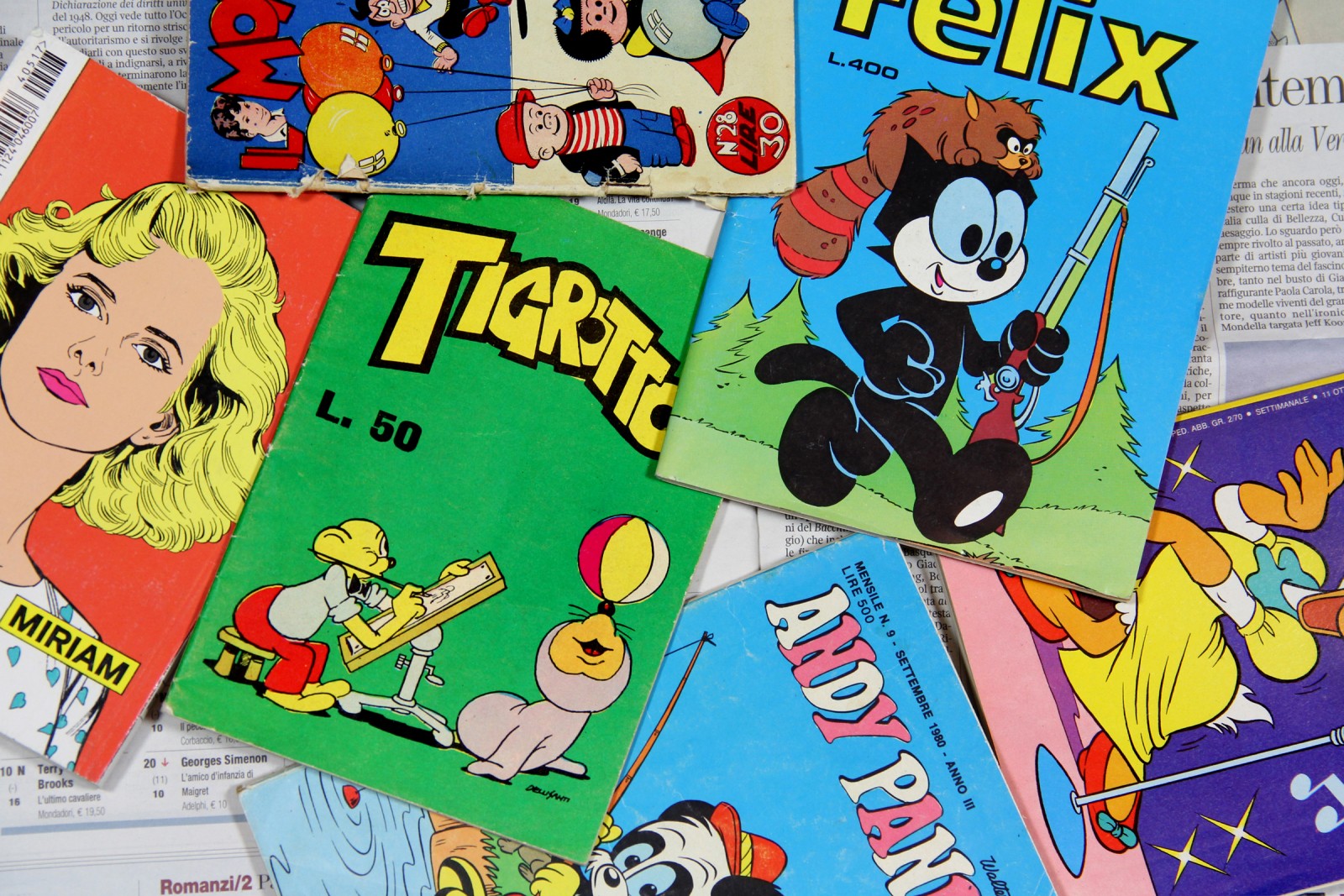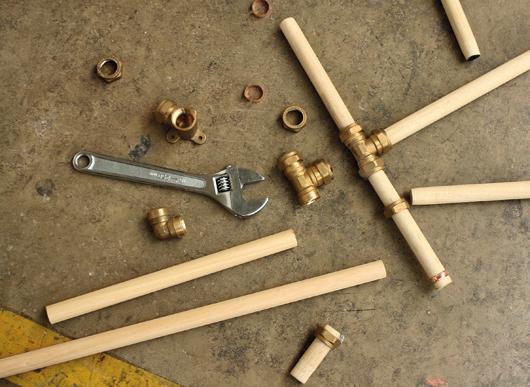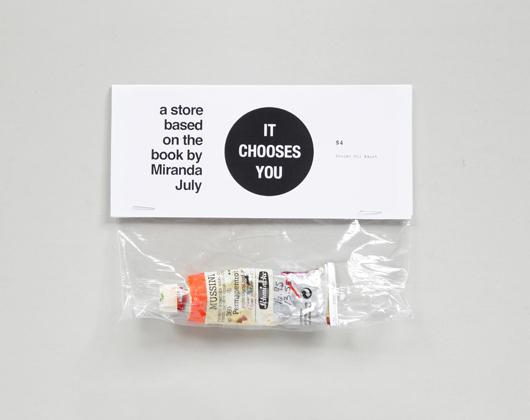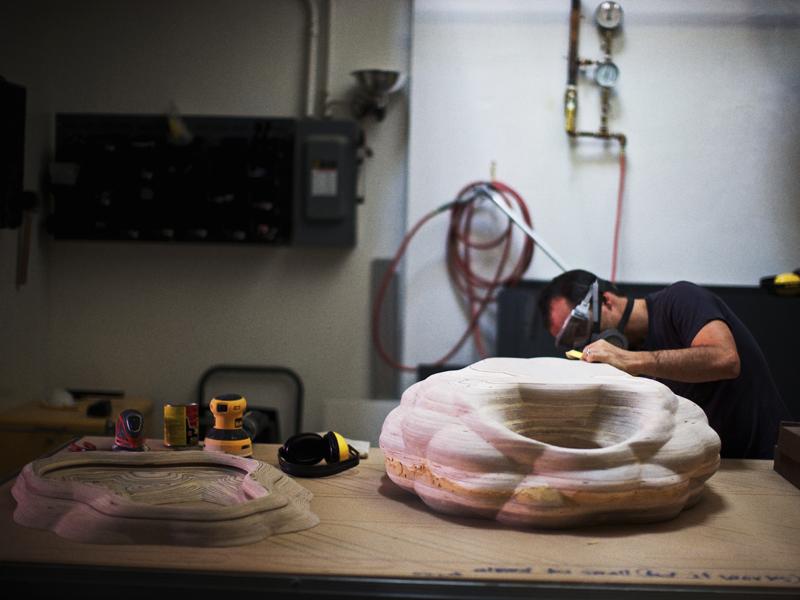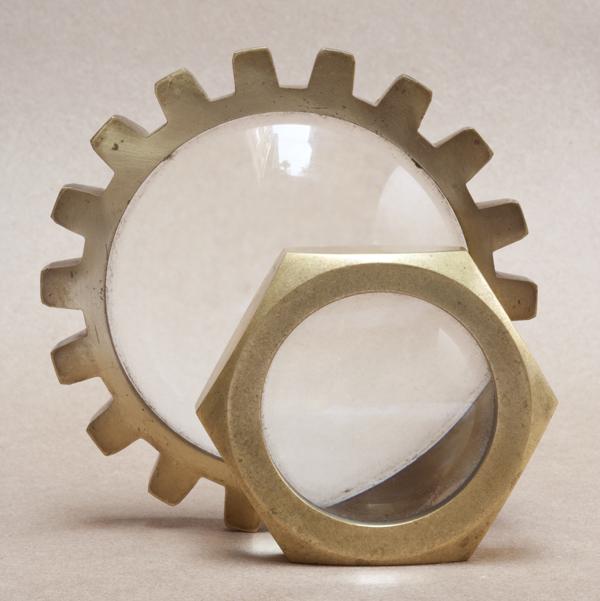
02.27.13
Excerpt: Book
Carl Auböck: The Workshop by Clemens Kois and Brian Janusiak
Is it possible to love something too much? What about when you're an avid collector of something that teeters on the line between fame and obscurity? For Austrian photographer Clemens Kois, a longtime devotion for the century-old Viennese design workshop Carl Auböck carried a particularly trying dilemma: He had the chance to make a book that could finally introduce the long-overlooked brand to the mainstream, vindicating his fervor and helping to build up the very collecting market he was engaged in, but that would in all likelihood make it harder for him to acquire the objects he loved so much. Luckily for the rest of us, he chose to follow his passion, joining forces with Brian Janusiak of Project No. 8 and powerHouse Books to create Carl Auböck: The Workshop, which came out this past fall.
